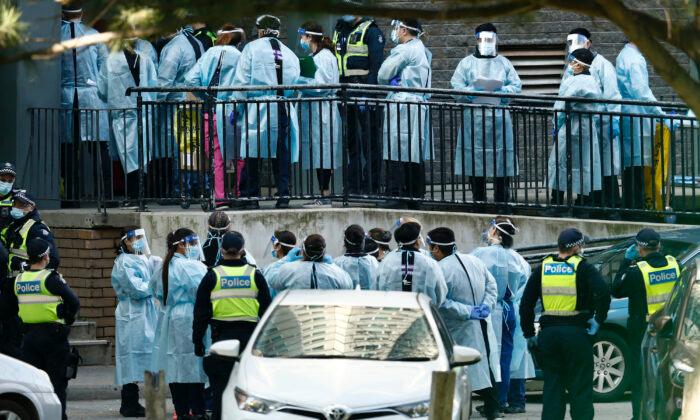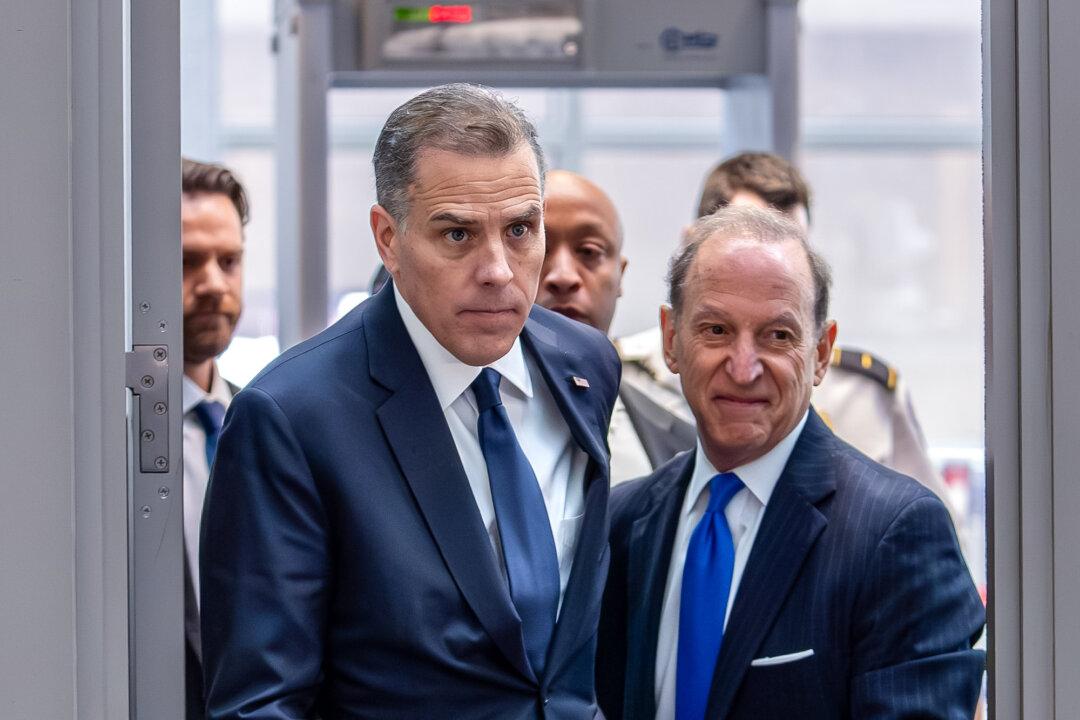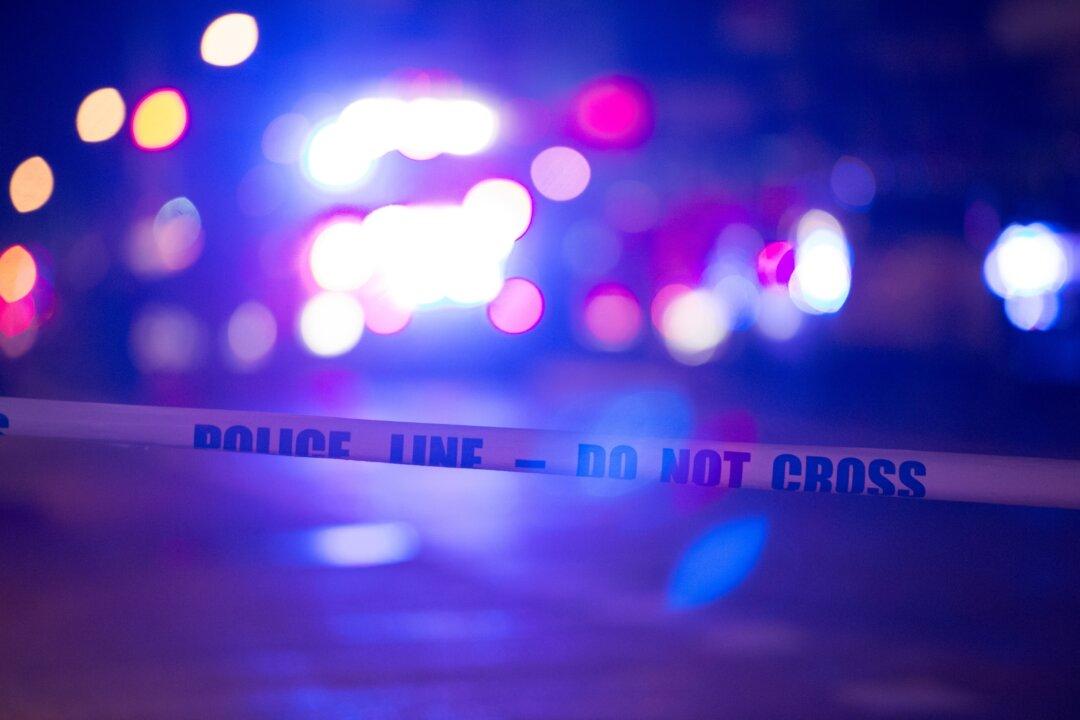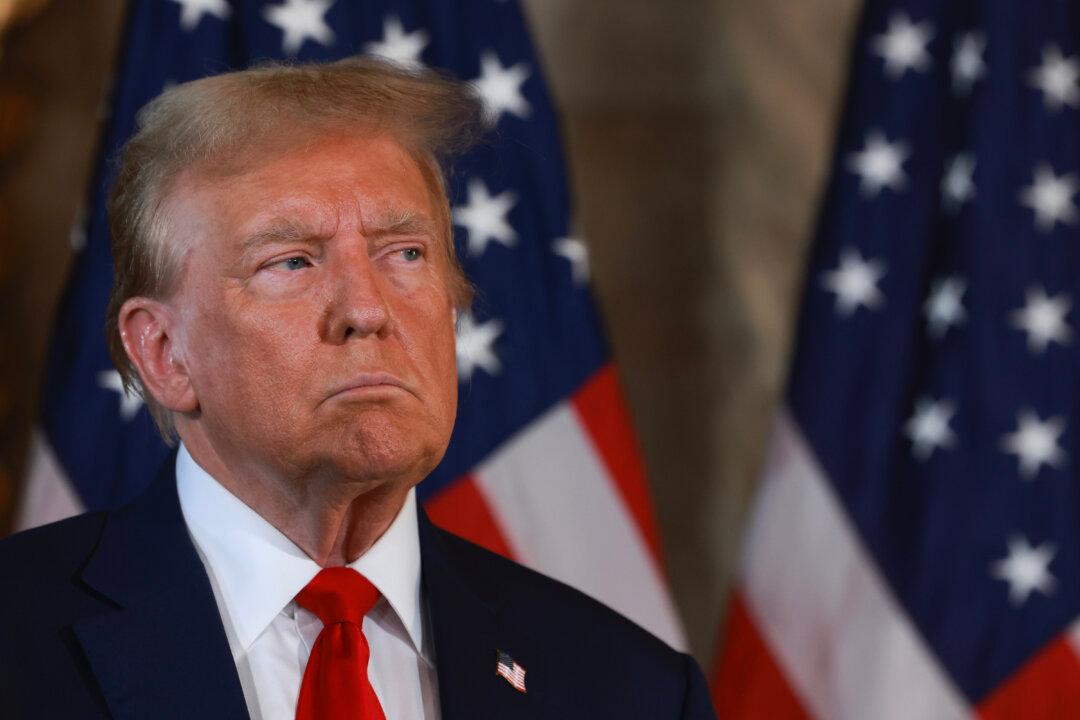Victorians are facing the prospect of a bleak winter under a six-week “stay at home” order imposed by the state government as clusters of COVID-19 spread in parts of the state’s capital city, Melbourne.
People will only be allowed out to shop for essentials, for care or compassionate reasons, exercise, work, or study.
The state’s total number of active confirmed cases is 860 as of July 8. Authorities do not know the origin of around 438 of these new confirmed cases.
As of July 7, Hume in the city’s northwest had 116 active cases; Wyndham in the city’s southwest had 69 active cases; Melbourne City Council had 68 active cases; Brimbank in the city’s northwest had 55 active cases; Moonee Valley in the city’s northwest had 37 active cases.
- 178 men and 163 women aged 25 to 29
- 165 men and 128 women aged 20 to 24
- 139 men and 127 women aged 30 to 34
Victoria in Isolation
People scrambled to escape Victoria before the state border to NSW closed at midnight on July 7.Queues of vehicles stretched for four kilometres at Victoria’s border to New South Wales (NSW) at 11:59 p.m. on July 7.
Others who want to cross the border after the closure would need to apply for permits and to self-isolate for 14 days.
Similarly, as of midnight on July 8, Tasmania banned all Victorians from travelling into the island state.
“The only exception to that will be Tasmanians returning home,” Tasmania Premier Peter Gutwein said on July 8.
“If visitors arrive from Victoria without an exemption letter, they will be asked to return home. They will be turned back at their own expense.”
Tasmania has not recorded a new case of COVID-19 in more than 50 days and has no active cases. The island state will reopen its borders to mainland Australia on July 24, but the state’s premier said this will not include Victoria.
Federal Health Minister Warns Australians
Federal Minister for Health Greg Hunt has warned the country that the second virus outbreak in Melbourne could happen anywhere in the country.“We’re all going to have to live with this virus for a long while.”
Victoria’s Second Lockdown Will Slow Economic Recovery: Treasurer
Treasurer Josh Frydenberg has admitted the second Victorian lockdown will slow down Australia’s post-COVID-19 economic recovery.“This is going to have an impact well beyond the Victorian border. It has already started to play out in consumer confidence numbers, that have been down in the last two weeks, and Victoria is about a quarter of the national economy,” said the treasurer.
The second lockdown is estimated by the treasury’s calculations to cost the Australian economy around $1 billion a week.
The treasurer said: “That will fall heavily on businesses.”
Despite the setback of the Victorian lockdown, Frydenberg noted that Australia as a whole was in better economic shape than the government or Reserve Bank had initially thought at the end of the nationwide lockdowns.






Friends Read Free